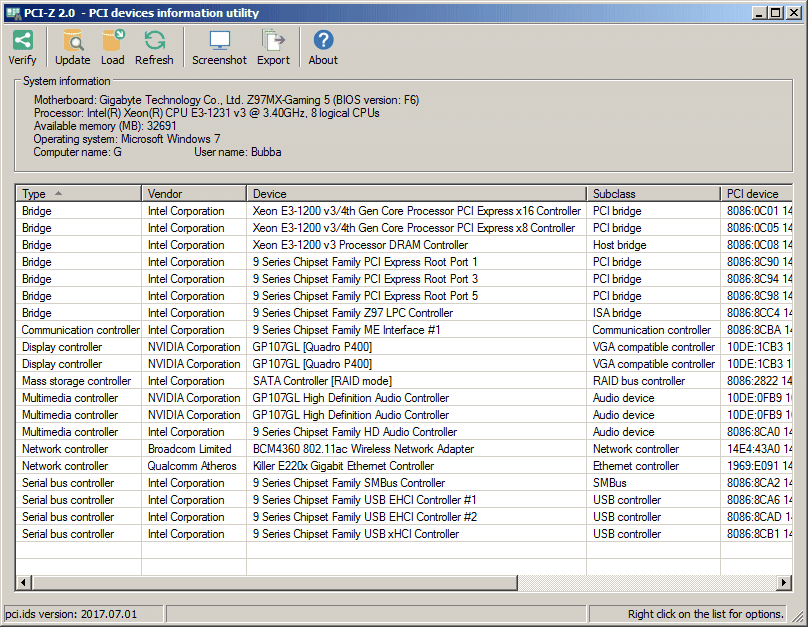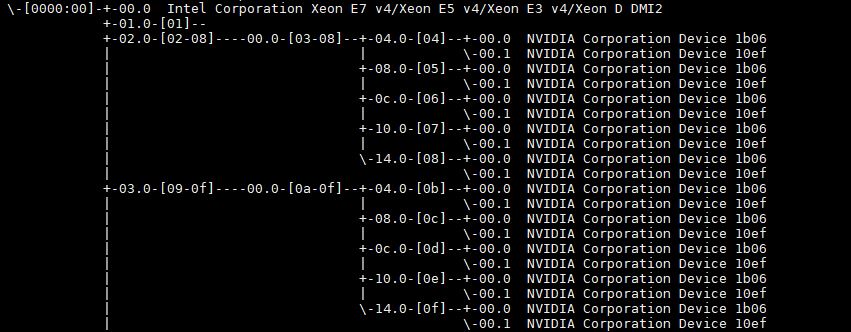

So under Linux I will suggest looking at the output of "lspci". Once the PCIe succeeds, then there are similar signal quality issues for the SATA wiring (and SATA signal quality can succeed or fail even if the device is technically is the topic of RF signal quality and this changes depending on lane routing, lane shape, external noise sources, so on). Since this is confusing, I'll restate that PCI can succeed or fail (including for simple signal quality issues rather than outright failure), and whether or not SATA can possibly succeed depends on this when going through PCIe slots. If PCI succeeds, then lsblk sees the drive if and only if the actual SATA wiring is working with sufficient quality (which is different than if the PCIe wiring is working with sufficient is a chain of dependencies).


If PCI fails, then lsblk cannot see the drive. Prior to this PCI must also see the device, and this is likely what the BIOS is seeing. Click to expand.When you run the "lsblk -f" command you are looking for block devices, which is what the actual hard drives are.


 0 kommentar(er)
0 kommentar(er)
